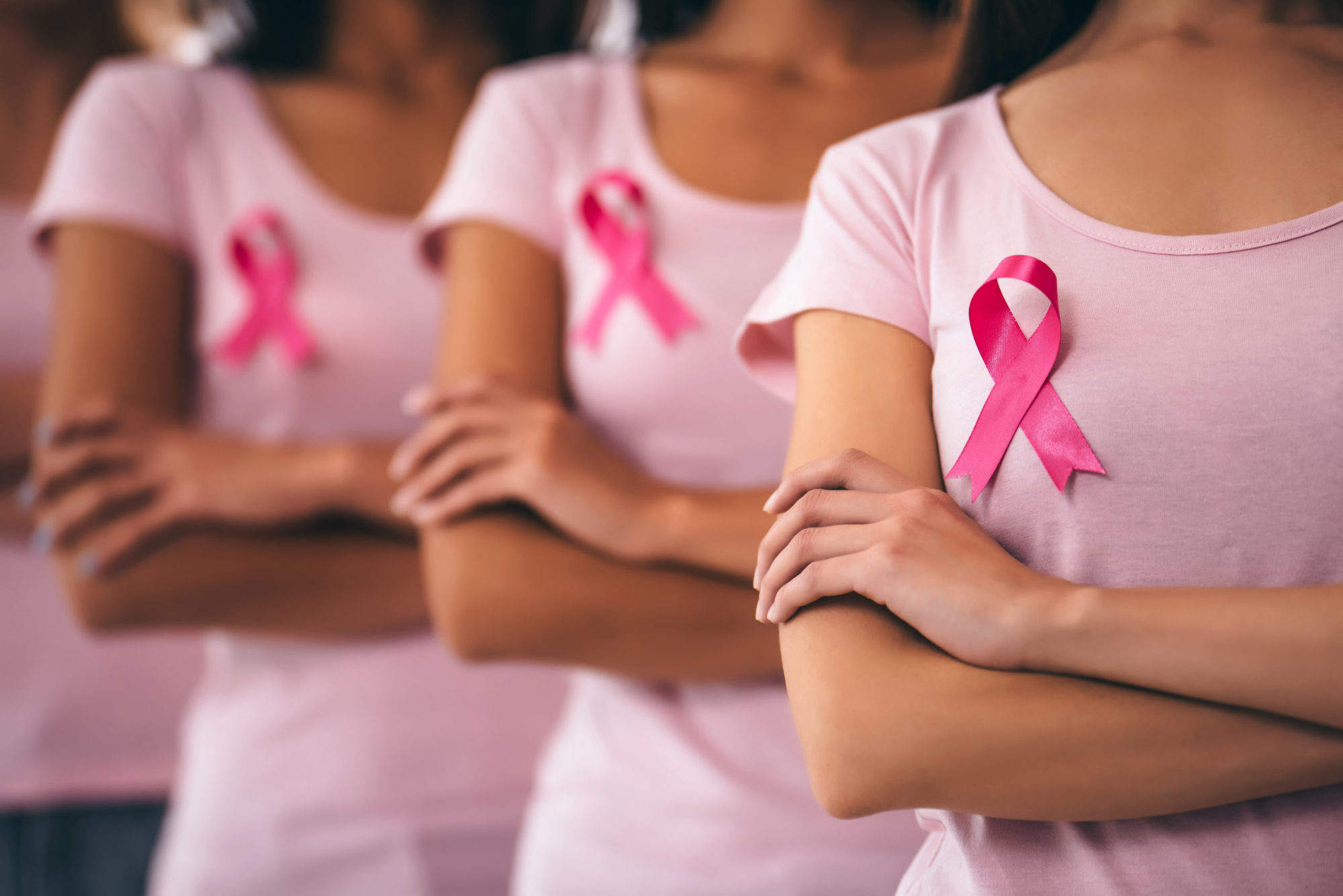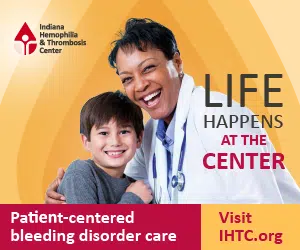There is a lot of information available about the prevention of breast cancer and the treatment of the disease, but not all of it is clear or accurate. So how do we know what’s true and what isn’t? Here are some common myths about breast cancer and the truth behind them.
Myth #1
Wearing a bra increases my risk of breast cancer.
According to the American Cancer Society website, “Online and social media rumors and at least one book have suggested that bras cause breast cancer by obstructing lymph flow. There is no scientific or clinical basis for this claim, and a 2014 study of more than 1,500 women found no association between wearing a bra and breast cancer risk.”
Myth #2
Breast cancer only happens to older women.
While it isn’t as common, younger women and men can get breast cancer, too. It is very important for women of all ages to perform regular self-examinations and report any unusual changes to their doctor. While breast cancer in men is rare, it usually isn’t detected until the more advanced stages because it isn’t something most men, or doctors, are looking for — which means it’s important for men to familiarize themselves with their breasts and note any changes, too.
Myth #3
Breast cancer always causes a lump to form that you can feel.
According to the Mayo Clinic website, “Breast cancer is not always accompanied by a lump. Many women diagnosed with breast cancer never have any signs or symptoms, and their cancer is found on a screening test, such as a mammogram. Among women who experience warning signs, a lump in the breast or underarm area is the most common red flag. However, as a recent study illustrates, some women will discover their cancer because they’re experiencing other, less common signs and symptoms.”
Some of those signs and symptoms include swelling of all or part of a breast (even if no lump is felt); skin dimpling (sometimes looking like an orange peel); breast or nipple pain; nipple retraction (turning inward); nipple or breast skin that is red, dry, flaking, or thickened; nipple discharge (other than breast milk); and swollen lymph nodes under the arm or near the collarbone.
Myth #4
If I don’t have a family history of breast cancer, then I won’t get it.
According to breastcancer.org, “Many people think of breast cancer as an inherited disease. But only about 5% to 10% of breast cancers are believed to be hereditary, meaning they’re caused by abnormal changes (or mutations) in certain genes passed from parent to child. The vast majority of people who get breast cancer have no family history, suggesting that other factors must be at work, such as environment and lifestyle.”
Myth #5
If I have my annual mammogram, that guarantees any breast cancer will be found.
While annual mammograms are wonderful tools for detecting breast cancer, it is possible to receive a false-negative result. It is estimated that about 20% of cancers are missed at the time of screening. These false-negative results are more common if a woman has dense breast tissue. Dense breast tissue will be noted when a woman has her mammogram and younger women are more likely to have dense breasts. Because of these false negative results, it is possible for a woman to receive a normal mammogram and then be diagnosed with breast cancer a few months later. Although the chance of this occurring is not high, it’s another reason why it is so important to perform self-exams and familiarize yourself with your breasts. Also, there are cases where cancer grows quickly in the year or so after a true negative mammogram.
We all know by now that not everything we see on the internet is necessarily true. While there is a lot of information available about the risks, prevention and treatment of breast cancer, you want to be sure you are discerning between the myths and the facts. Look for credible sources when gathering information, and be sure to always consult with your physician — especially if you feel you may be at risk for developing breast cancer, or notice any warning signs or symptoms.








